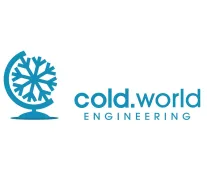R290 is an environmentally friendly but flammable refrigerant. Its use therefore requires special safety measures and compliance with legal regulations.
Refrigerant
We explain
Propane (R290) as a Refrigerant - Safety Regulations and Requirements
R290 (Propane) is a refrigerant of safety group A3, and due to its high flammability, it is associated with special safety precautions.
When installing and operating heat pumps, chillers, and refrigeration systems, safety zones must be observed. Freestanding systems require a distance of at least one meter from ignition sources, while in corners or
Contents
Jobs



